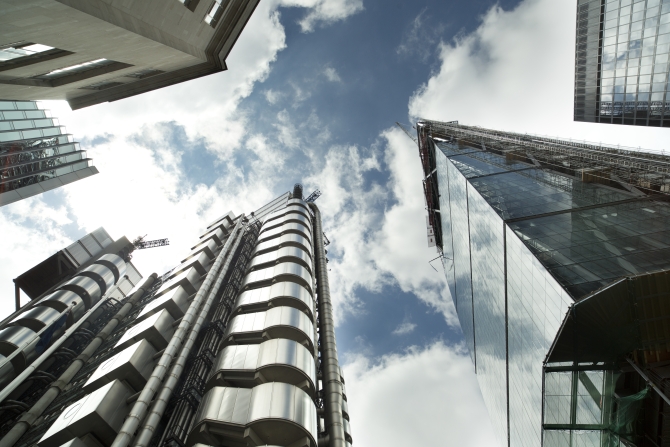With global commercial property transactions reported to be at record levels, many industry experts are now concerned that the current frenzy of investment will lead to a “bubble” if prices continue to rise.

According to the annual survey of European investors’ intentions, conducted jointly by adviser PwC and think tank the Urban Land Institute, the vast majority of those surveyed voiced concerns about a bubble developing for the first time since the onset of the economic crisis.
Furthermore, two thirds of respondents believed that, globally, high quality buildings with low vacancy rates in destinations such as Paris, London and Milan have become overpriced in “almost all markets”.
When questioned as to the reasons for this spike in prices, the majority of respondents cited wealthy pension funds, Asian insurers and sovereign wealth funds as the primary investment vehicles responsible. This has certainly seemed to be the case in London, where price rises in the City have accelerated sharply due to strong interest from overseas.
PwC partner and report joint author Simon Hardwick noted a particular improvement in the European market, saying it was “awash with capital” during the latter part of 2014. However, this in itself poses a problem he claims, with investors voicing “increasing concern about the resulting risks.”
There is arguably a very good reason for this concern as, in the final quarter of 2014, global transaction volumes reached a record $218 billion, bringing the total year’s volume to $700 billion – an 18 per cent increase on 2013’s results.
Not only does this indicate a great deal more activity in the global marketplace than has been seen in many years, but highlights the steep escalation of prices as investors become more confident.
In Europe demand has now begun to outstrip supply especially in major business locations. As a result, investors are now beginning to turn to riskier markets such as Madrid, Dublin and Athens; a move which may prove dangerous in the long term as PwC claims occupier demand remains “fragile” in the current climate.
One of the bankers surveyed said; “What’s really driving all this activity is the availability of capital rather than the underlying fundamentals. It just comes down to people needing to deploy capital.”
Yet as an investor questioned for the survey pointed out, it may be “time to take less risk.”
He added; “The more we go up the risk curve, the more we go through the cycle and therefore every day you are one day closer to the next market downturn.”